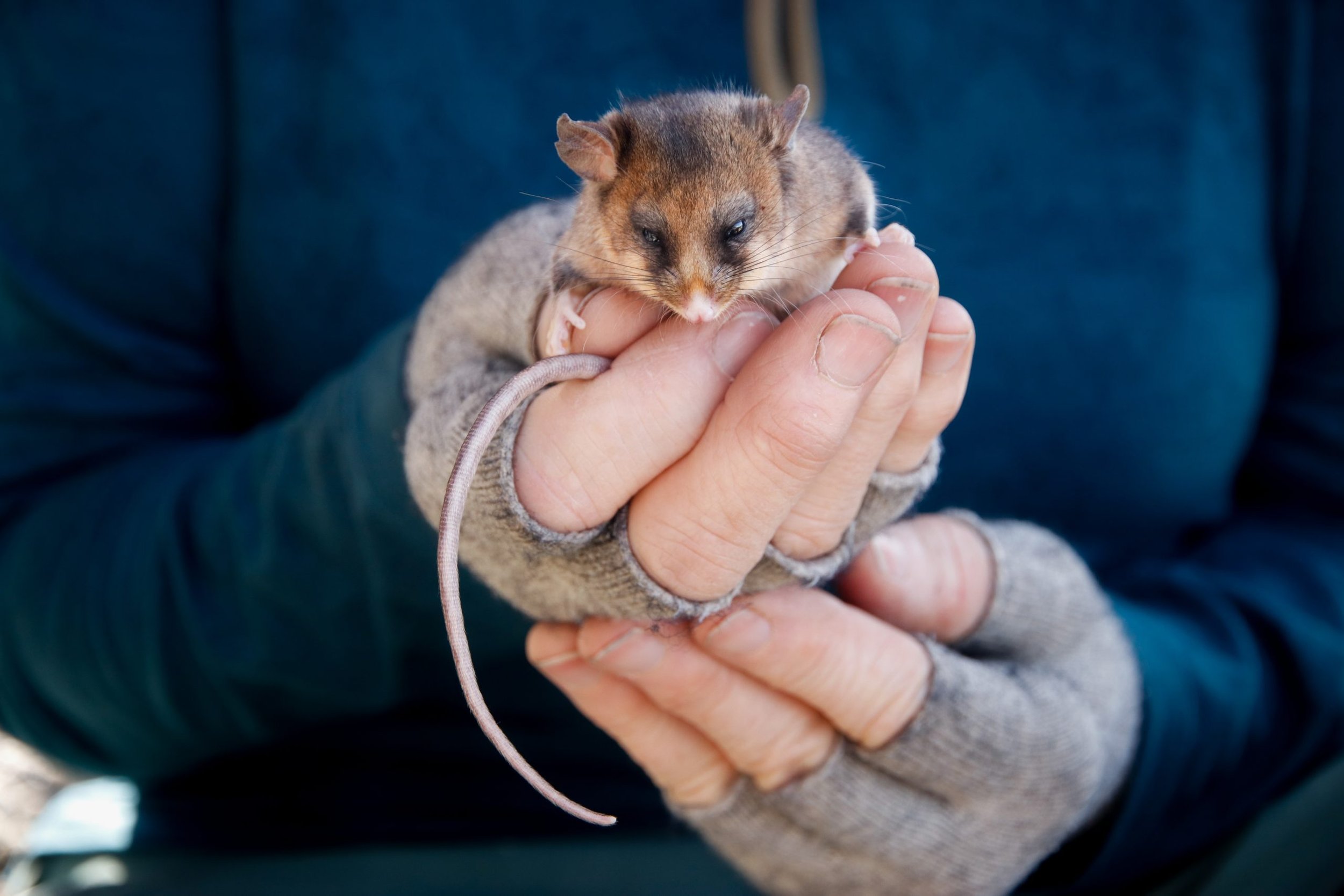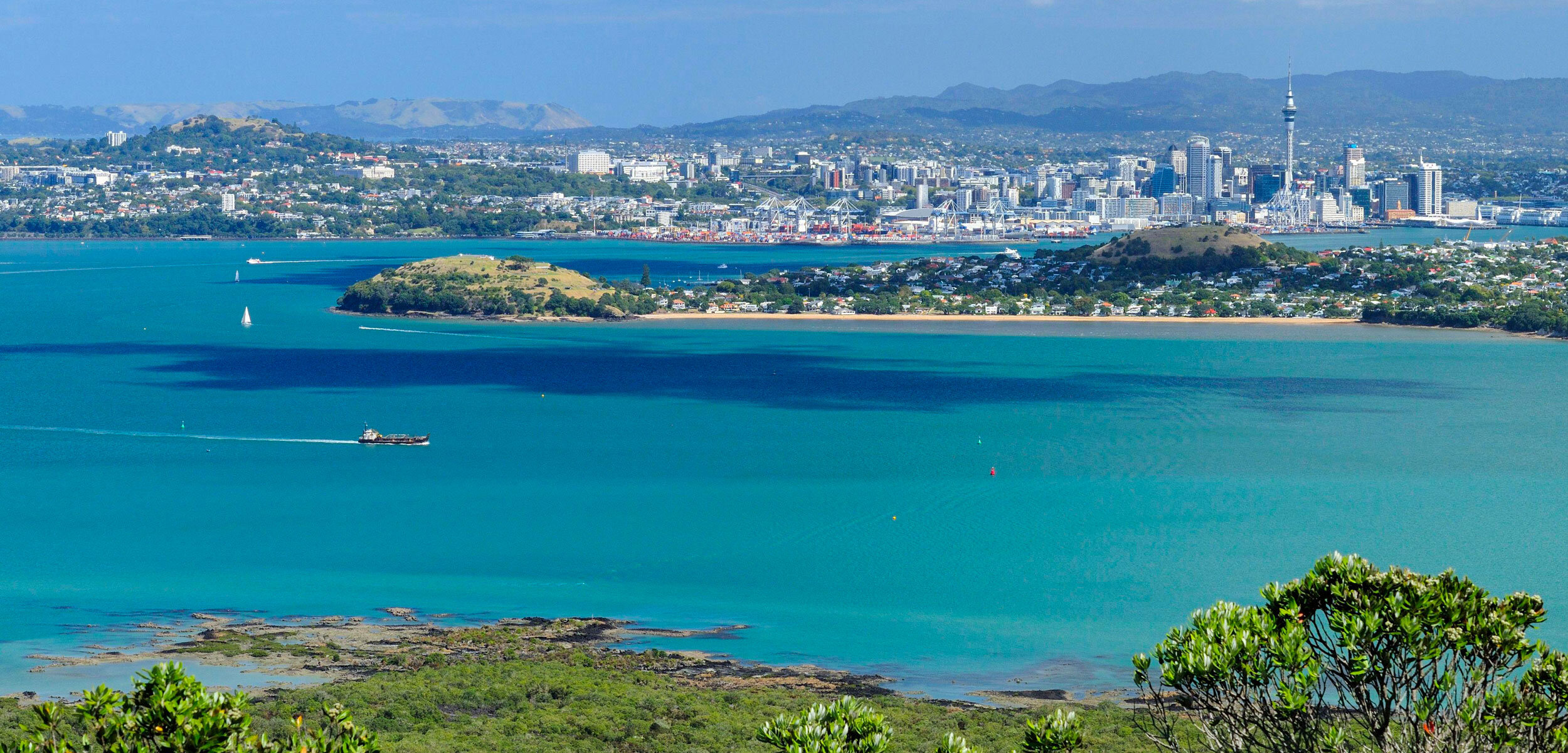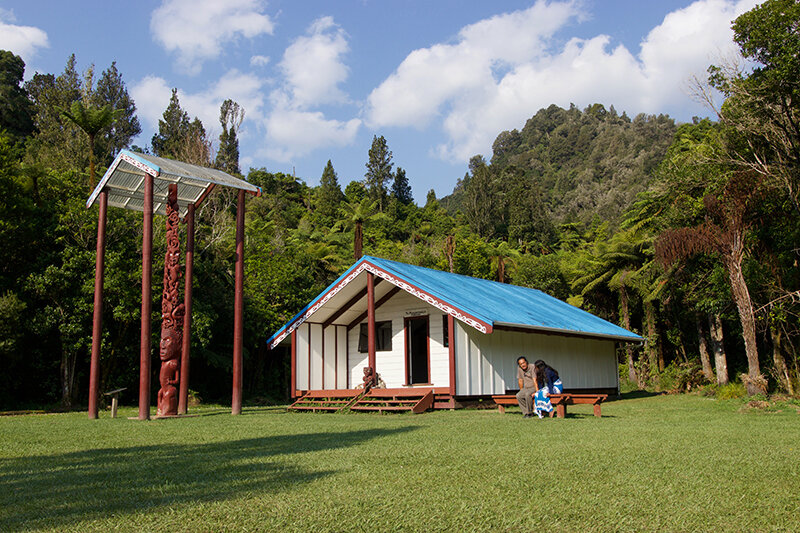SELECTED Writing
the end of the everywhere bird
New Zealand Geographic (2024)
What would the beach be without red-billed gulls? We may be about to find out. Two huge colonies have already gone under and the next biggest, in Kaikōura, is failing fast.
Heath Melville’s first memory of red-billed gulls is shooting one with his slug gun when he was about seven years old. Just for something to do on a boring Kaikōura afternoon. He’d thought he might try to bag a bunch of them, but something about the dead bird moved him: the sleek white body fully alive one second, motionless the next. Read more:
This story was awarded the 2024 Kavli Gold Award for magazine journalism by the American Association for the Advancement of Science.
New zealanders are crazy for this fruit. it’s not the kiwi
the new york times (2024)
Autumn in New Zealand heralds the arrival of a green, egg-size fruit that falls off trees in such abundance that it is often given to neighbors and colleagues by the bucket or even the wheelbarrow load. Only in cases of extreme desperation do people buy any.
Read my first story in The New York Times here:
The indescribable scent of feijoa – the exotic fruit that became the smell of New Zealand childhood
the guardian (2024)
The scent comes first, when you sink your knife – or your teeth – into a feijoa’s skin. It is zingy, heady, a burst of bright perfumed flavour unlike any other. In New Zealand, the traditional method of enjoying a feijoa is to scoop out the creamy-clear insides with a teaspoon and discard the skins, though in other parts of the world people simply eat them whole.
Rainbow World
New Zealand Geographic (2024)
Nature is queer in tooth and claw.
“The sea itself seems to be a queer place,” writes the Guardian’s Philip Hoare, “where gender is at best a slippery notion.”
A representative of ‘Just So’, a long-running feature column on animal evolution I created with editor Rebekah White and cartoonist and illustrator Giselle Clarkson.
Adorable Moth-Size Bats Found in the Pacific Islands’ Largest Bat Cave
SCIENTIFIC AMERICAN (2023)
An expedition has discovered a remote Fijian cave with thousands of microbats thought to be nearly extinct.
of moths and marsupials
Biographic (2023)
The ancient relationship between Australia’s mountain pygmy possum and the beloved bogong moth reveals the complexity of global climate change—and the lengths people may have to go to save some species from extinction.
Rare Animals’ Microbiomes Harbor Survival Secrets
scientific american (2023)
New Zealand’s critically endangered kākāpō, the world’s heaviest parrot, is flightless and nocturnal, with fragrant moss-green feathers, an odd, whiskery face, up to a 90-year life span—and a gut microbiome made almost entirely of the bacterium E. coli. Like humans, other animals carry trillions of bacteria, viruses, archaea and fungi in their digestive tracts, on their skin, and elsewhere: internal ecosystems that help them extract nutrients from food, fight pathogens and develop immunity. Now, as genetic sequencing becomes cheaper and more advanced, scientists are examining endangered animals’ distinctive microbiomes, delivering insights that may help stave off extinctions. Read more:
Exquisite Fossils Show an Entire Rain Forest Ecosystem
Scientific american (2022)
The fossil-filled volcanic crater Foulden Maar was almost destroyed. A new book documents its ancient-ecosystem wonders. Scientific American spoke with geologist Daphne Lee about the fossil treasures of Foulden Maar, what they reveal about our planet’s past and her hopes for the site’s future. Read more:
The 'spongy' cities of the future
bbc future (2022)
Auckland was recently named the most spongy global city in a report by multinational architecture and design firm Arup, thanks to its geography, soil type, and urban design – but experts warn it may not lead the pack for long.
As climate change intensifies extreme weather events worldwide, what can other cities learn from Auckland's successes – and failures? Read more:
De-extinction Company Aims to Resurrect the Tasmanian Tiger
scientific american (2022)
The thylacine has long been an icon of human-caused extinction. In the 1800s and early 1900s, European colonizers in Tasmania wrongly blamed the dog-sized, tiger-striped, carnivorous marsupial for killing their sheep and chickens. Now the wolflike creature—also known as the Tasmanian tiger—is poised to become an emblem of de-extinction, an initiative that seeks to create new versions of lost species. Read more:
Downward spiral
biographic (2022)
Selected by Longreads as a top-5-of-the-week January 2023:
“The world of the nautilus is fascinating, and Kate Evans’ buoyant writing had me hooked. Only a handful of scientists have studied these creatures, even though they have survived all five of Earth’s past major extinction events; for centuries, writes Evans, their beautiful swirling shape has inspired “art, architecture, and math across many cultures.” I appreciated Evans taking the time to break from the science and detail their cheeky side — spending time with some nautiluses is akin to hanging out with “a gang of troublesome 12-year-olds.” However, it is not all lighthearted, and the nautilus researchers Evans spends time with have some stark warnings about a warming ocean; climate change may be the one event these cephalopods can’t survive.”
Hear me talking about this story on Australia’s ABC Radio National.
Republished by Hakai Magazine and Cosmos Magazine.
The Nutrient-Rich Legacy in the Amazon’s Dark Earths
EOS (2022)
Fertile terra preta soils were created through centuries of carefully managed land use. Scientists are taking cues from these soils to better sequester carbon and improve soil for agriculture. Read more:
The Tranquility of Lockdown
HAKAI MAGAZINE (2021)
For marine animals in New Zealand’s busy Hauraki Gulf, COVID-19 restrictions brought brief respite from noise pollution. Read more:
Hear Ye! Hear Ye! A Declaration of the Rights of the Moon
EOS (2021)
What are the ethics of mining the Moon? Could humans cause environmental damage to Earth’s only satellite? And could a new Declaration of the Rights of the Moon be one way of mitigating those impacts?
The Forecast for Exoplanets is Cloudy but Bright
EOS (2021)
Clouds make climate modeling on Earth difficult. Identifying—and even defining—atmospheric phenomena on other planets is the next big exoplanet challenge.
In New Zealand, Locals Rally to Save Fossils from Destruction
undark (2021)
For years, miners and geologists cooperated to uncover uniquely preserved fossils. When the site changed hands, it seemed the fossils would all be crushed to dust. But New Zealanders rallied behind the fossils. Has public resistance saved the site for science?
[Republished on Atlas Obscura, PopSci, and SciBlogs.]
billion dollar fish
New Zealand Geographic (2021)
Tuna are the gold of the ocean—and, because certain species are so sought-after, they’ve become synonymous with overfishing and modern slavery. But in some areas, populations that were teetering on the edge of total wipe-out seem to be making a tentative comeback. Are things finally turning around for these fisheries?
They had started paying out the line the previous afternoon, steaming ahead at full speed while sending mile after mile of three-millimetre-wide monofilament out behind them into the Tasman. Every 11 seconds or so, the crew clipped a snood—a 14-metre-long length of nylon—onto the main line. On the end of the snood dangled an arrow squid the size of a man’s hand, and a 60-gram lead weight.
By the time they were done, it was dark, and the main line stretched for about 30 nautical miles, invisible beneath the surface of the water. In the far distance, the Southern Alps glowed white above the West Coast. Read more:
Republished in Australian Geographic in 2021, and I talked about it on ABC Radio National’s “Counterpoint” show.
swamp sentinels
biographic (2021)
Buried in mud for millennia, some of New Zealand's ancient kauri trees are revealing surprising clues about Earth's climate—past, present, and future. Read more:
Versions republished in Vox, the New Zealand Listener, and the New Zealand Herald.
Selected for Best Australian Science Writing 2022
Received an Honorable Mention for the American Geophysical Union Walter Sullivan Award for Excellence in Science Feature Writing
The Dark Side of the Moon
North and south (2021)
Is New Zealand lending support to an aggressive American push to commercialise outer space?
In the half-century since people last set foot on Earth’s satellite, humanity has learned some harsh lessons about our impact on the planet we call home. Right now, there is nothing in international law to stop people, countries or corporations from inflicting permanent damage on the moon’s environment. Despite our small size, New Zealand has wound up with a spot in the tiny club of spacefaring nations that will determine the rules for this new frontier. These countries have a limited window of time in which to decide whether the moon will become the exclusive province of swaggering Silicon Valley tech bros, starry-eyed scientists, billionaire space tourists and pragmatic public servants, or whether conservationist or indigenous ways of seeing the world, such as the values of kaitiakitanga, will also play a role. In other words, what kind of human culture will we take with us to the moon? Read more:
The River’s Lizard Tail: Braiding Indigenous Knowledge with Geomorphology
EOS (2020)
Indigenous Knowledge can be accurate, rigorous, and precise, say researchers in New Zealand, and can help geomorphologists see landscapes in a new, richer way. Read more:
Change Species Names to Honor Indigenous Peoples, Not Colonizers, Researchers Say
the Scientific American (2020)
Len Gillman was hiking among kauri trees with his wife in the forest-clad Waitakere Ranges near his home in West Auckland, New Zealand, when he remembered something that had bothered him since he was a student in the 1980s: Why was the scientific name for these giant conifers Agathis australis when they have been called “kauri” for centuries by New Zealand’s Indigenous Māori? Read more:
Tales of love and loss: people from Oceania share their 'extinction stories'
The guardian (2020)
The Living Archive aims to help people worldwide see the significance of species loss as it affects individual lives and places. “When a species goes extinct, so much is lost,” says Perez. “Not only from the environment and the ecosystem, but culturally as well. We lose our cultural connection to these important species, and we lose the deep meaning that they added to our lives.” Read more:
‘We used to be leaders’: the collapse of New Zealand’s landmark ocean park
The guardian (2020)
Tiritiri Matangi is one of the jewels of New Zealand’s Hauraki Gulf. For the past 35 years the island, which is within sight of Auckland’s skyscrapers, has been a protected nature reserve.
Step ashore and you’re enveloped in birdsong: kiwi and takahē thrive here, and vegetation envelops the cliffs to the sea. But beneath the waves it’s a different story.
“It was solid kelp forest, beautiful ecklonia, crayfish bristling out of every crevice,” marine biologist Roger Grace, who started diving here in the early 1960s, told me shortly before he died last year. Now, the kelp and the crays are almost gone. Read more:
how the world’s fattest parrot came back from the brink
published in the guardian, the observer, and the guardian weekly (2020)
Growing up in the north of England, Dr James Chatterton was enthralled by the books of the pioneering zookeeper and conservationist Gerald Durrell and dreamed of saving endangered species. Now, on the other side of the world, Chatterton has done just that, helping to bring the world’s fattest parrot back from the brink.
Chatterton and his team spent the best part of a year bringing in quarantine conditions and trialling new treatments on the frontline of a killer disease afflicting New Zealand’s kākāpō. Read more:
Ancient farmers burned the Amazon, but today's fires are very different
National Geographic (2019)
Across the burning Amazon, smoke is rising and fine particles of charcoal are falling softly to the ground.
Paleoecology—the study of ancient environments—offers unique insights into how the first Amazonian peoples manipulated fire in the landscape, the effects of those fires on the forest’s ecology over time, and lessons that might help to prevent modern fires.
New Zealand mosque shootings: Voices of the victims
the washington post (2019)
I reported alongside the Washington Post’s Anna Fifield as a video journalist in the days after the Christchurch mosque shootings, and contributed to this story about some of the attack’s victims.
ANCIENT AMAZONIAN SOCIETIES MANAGED THE FOREST INTENSIVELY BUT SUSTAINABLY — HERE’S WHAT WE CAN LEARN FROM THEM
ENSIA (2019)
The Amazon’s trees, soils and mysterious earthworks tell the story of the millions who lived there before European arrival.
the price of fish
New Zealand Geographic (2019)
The first of the 1800 fish hooks hits the inky water at 4.20am. The stars are masked by cloud, and the orange lights of the oil refinery at Marsden Point loop wildly as the 12-metre Carolyn Marie rides the swell. “Not too bad for a screaming southeasterly,” says the skipper, Adam Kellian, picking up a stack of square trays, each one laden with 50 baited hooks. “Here comes the balancing act.” He carries the squid-fringed trays across the rolling deck to the crewman at the stern, Andy Aiken.
Kellian and Aiken are third-generation commercial fishermen. Their fathers and grandfathers fished out of Leigh, 26 nautical miles to the south. Kellian, 35, grew up flicking sprats out of Leigh Harbour with his bare hands. He was four or five when his father first took him to sea. As a teenager, he took months off school to go tuna-fishing with his dad. He’s never wanted to do anything else.
An extensive year-long investigation into New Zealand’s fisheries quota management system that won me the Environmental/Sustainability Reporting prize at the 2020 New Zealand Media Awards.



























